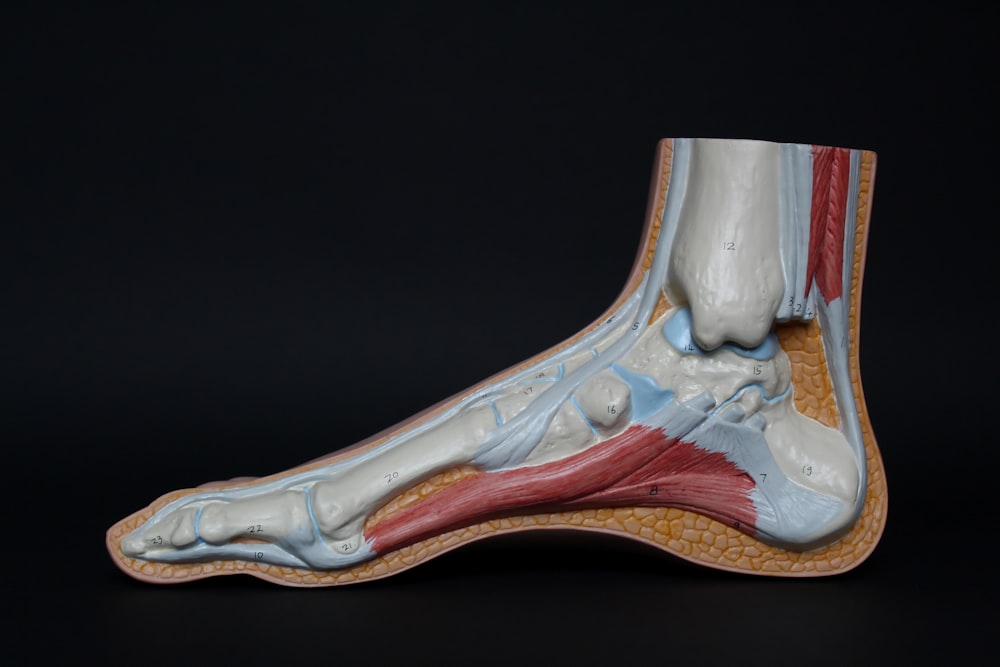目次
足部姿勢(肢位)は下肢のオーバーユース症候群と関連するのか?システマティックレビューによる検討
足部異常姿勢に伴うマルアライメントはさまざまな障害を引き起こすと言われております.
理学療法士・作業療法士が障害予防を目的として足部のマルアライメントに対してさまざまな運動指導を行うことも多いと思います.
しかしながら本当に足部肢位は下肢のオーバーユース症候群と関連するのでしょうか?
今回は足部姿勢(肢位)は下肢のオーバーユース症候群と関連するのかについてシステマティックレビューを用いて検討した論文をご紹介させていただきます.

今回ご紹介する論文
J Foot Ankle Res
. 2014 Dec 19;7(1):55. doi: 10.1186/s13047-014-0055-4. eCollection 2014.
Foot posture as a risk factor for lower limb overuse injury: a systematic review and meta-analysis
Bradley S Neal 1, Ian B Griffiths 2, Geoffrey J Dowling 3, George S Murley 4, Shannon E Munteanu 4, Melinda M Franettovich Smith 5, Natalie J Collins 6, Christian J Barton 7
Affiliations expand
PMID: 25558288 PMCID: PMC4282737 DOI: 10.1186/s13047-014-0055-4
今回ご紹介する論文は2014年に掲載された論文です.
研究の目的
Background: Static measures of foot posture are regularly used as part of a clinical examination to determine the need for foot level interventions. This is based on the premise that pronated and supinated foot postures may be risk factors for or associated with lower limb injury. This systematic review and meta-analysis investigates foot posture (measured statically) as a potential risk factor for lower limb overuse injuries.
背景 足の姿勢の静的測定は、足レベルの介入の必要性を判断するための臨床検査の一部として定期的に使用されています。これは、前屈および上反足の姿勢が下肢損傷の危険因子であるか、またはそれに関連する可能性があるという前提に基づくものである。このシステマティックレビューとメタアナリシスでは、下肢のオーバーユース傷害の潜在的な危険因子としての足の姿勢(静的測定)を調査しています。
研究の方法
Methods: A systematic search was performed using Medline, CINAHL, Embase, SportDiscus in April 2014, to identify prospective cohort studies that investigated foot posture and function as a risk factor for lower limb overuse injury. Eligible studies were classified based on the method of foot assessment: (i) static foot posture assessment; and/or (ii) dynamic foot function assessment. This review presents studies evaluating static foot posture. The methodological quality of included studies was evaluated by two independent reviewers, using an adapted version of the Epidemiological Appraisal Instrument (EAI). Where possible, effects were expressed as standardised mean differences (SMD) for continuous scaled data, and risk ratios (RR) for nominal scaled data. Meta-analysis was performed where injuries and outcomes were considered homogenous.
方法 2014年4月にMedline、CINAHL、Embase、SportDiscusを使用して系統的検索を行い、下肢のオーバーユース損傷の危険因子として足の姿勢と機能を調査した前向きコホート研究を同定した。適格な研究は、足部評価の方法に基づいて分類された:(i)静的足部姿勢評価、および/または(ii)動的足部機能評価。このレビューでは、静的な足部姿勢を評価する研究を紹介する。対象研究の方法論的質は、Epidemiological Appraisal Instrument(EAI)を適応したものを用いて、2人の独立した査読者によって評価された。可能な場合、効果は、連続尺度データの場合は標準化平均差(SMD)で、名目尺度データの場合はリスク比(RR)で表した。メタアナリシスは、傷害と転帰が均質であると考えられる場合に実施された。
研究の結果
Results: Twenty-one studies were included (total n = 6,228; EAI 0.8 to 1.7 out of 2.0). There was strong evidence that a pronated foot posture was a risk factor for medial tibial stress syndrome (MTSS) development and very limited evidence that a pronated foot posture was a risk factor for patellofemoral pain development, although associated effect sizes were small (0.28 to 0.33). No relationship was identified between a pronated foot posture and any other evaluated pathology (i.e. foot/ankle injury, bone stress reactions and non-specific lower limb overuse injury).
最終的に21の研究が含まれました(合計n = 6,228、EAI 0.8~1.7 out of 2.0).
足部回内肢位が内側脛骨ストレス症候群(MTSS)発症の危険因子であるという強いエビデンスがあり,足部回内肢位が膝蓋大腿部痛発症の危険因子であるという非常に限定されたエビデンスがありましたが,関連する効果量は小さいものであありました(0.28から0.33).
また足部回内肢位とその他の評価対象病態(足関節損傷,骨ストレス反応,非特異的下肢酷使損傷)との関連は確認されませんでした.
研究の結論
Conclusion: This systematic review identified strong and very limited evidence of small effect that a pronated foot posture is a risk factor for MTSS and patellofemoral pain respectively. Evaluation of static foot posture should be included in a multifactorial assessment for both MTSS and patellofemoral pain, although only as a part of the potential injury risk profile. Whilst the included measures are clinically applicable, further studies are required to determine their relationship with dynamic foot function.
このシステマティックレビューでは,足部回内肢位がMTSSおよび膝蓋大腿部痛の危険因子であるという強い証拠と非常に限られた小さな効果を持つ証拠がそれぞれ確認されました.
静的な足部姿勢の評価は,潜在的な傷害リスクプロファイルの一部としてのみではあるがMTSSと膝蓋大腿部痛の両方に対する多因子評価に含めるべきであります.
今回評価した指標は臨床的に応用可能でありますが,動的な足部機能との関係を明らかにするためにはさらなる研究が必要であります.
今回は足部姿勢(肢位)は下肢のオーバーユース症候群と関連するのかについてシステマティックレビューを用いて検討した論文をご紹介させていただきました.
今のところMTSSと膝蓋大腿関節痛に関しては足部回内肢位との関連があると考えられる結果ですね.






